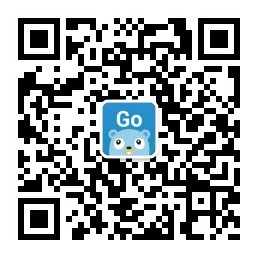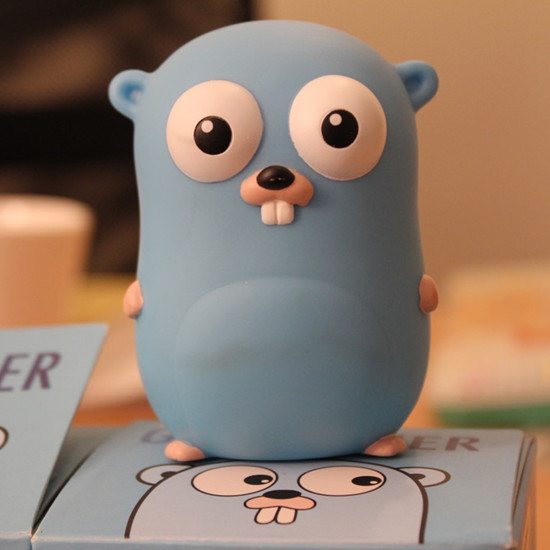Golang go-face:如何进行全面的人脸捕捉
来源:stackoverflow
2024-02-17 10:18:17
0浏览
收藏
本篇文章主要是结合我之前面试的各种经历和实战开发中遇到的问题解决经验整理的,希望这篇《Golang go-face:如何进行全面的人脸捕捉》对你有很大帮助!欢迎收藏,分享给更多的需要的朋友学习~
问题内容
我正在使用 https://github.com/kagami/go-face 在 golang 中进行人脸识别,我尝试了 go-face 库中给出的示例。在该示例中,它检测图像中有多少张脸,并将脸部图像与其他多个脸部图像进行分类。
现在我只想在循环面部范围时裁剪每个面部。如果有人在捕捉每张面孔时遇到同样的问题,请尝试这个示例答案。
package main
import (
"fmt"
"log"
"path/filepath"
"github.com/Kagami/go-face"
)
// Path to directory with models and test images. Here it's assumed it
// points to the <https://github.com/Kagami/go-face-testdata> clone.
const dataDir = "testdata"
var (
modelsDir = filepath.Join(dataDir, "models")
imagesDir = filepath.Join(dataDir, "images")
)
// This example shows the basic usage of the package: create an
// recognizer, recognize faces, classify them using few known ones.
func main() {
// Init the recognizer.
rec, err := face.NewRecognizer(modelsDir)
if err != nil {
log.Fatalf("Can't init face recognizer: %v", err)
}
// Free the resources when you're finished.
defer rec.Close()
// Test image with 10 faces.
testImagePristin := filepath.Join(imagesDir, "pristin.jpg")
// Recognize faces on that image.
faces, err := rec.RecognizeFile(testImagePristin)
if err != nil {
log.Fatalf("Can't recognize: %v", err)
}
if len(faces) != 10 {
log.Fatalf("Wrong number of faces")
}
// Fill known samples. In the real world you would use a lot of images
// for each person to get better classification results but in our
// example we just get them from one big image.
var samples []face.Descriptor
var cats []int32
for i, f := range faces {
samples = append(samples, f.Descriptor)
// Each face is unique on that image so goes to its own category.
cats = append(cats, int32(i))
}
// Name the categories, i.e. people on the image.
labels := []string{
"Sungyeon", "Yehana", "Roa", "Eunwoo", "Xiyeon",
"Kyulkyung", "Nayoung", "Rena", "Kyla", "Yuha",
}
// Pass samples to the recognizer.
rec.SetSamples(samples, cats)
// Now let's try to classify some not yet known image.
testImageNayoung := filepath.Join(imagesDir, "nayoung.jpg")
nayoungFace, err := rec.RecognizeSingleFile(testImageNayoung)
if err != nil {
log.Fatalf("Can't recognize: %v", err)
}
if nayoungFace == nil {
log.Fatalf("Not a single face on the image")
}
catID := rec.Classify(nayoungFace.Descriptor)
if catID < 0 {
log.Fatalf("Can't classify")
}
// Finally print the classified label. It should be "Nayoung".
fmt.Println(labels[catID])
}正确答案
将使用face.rectangle点来捕捉每个面
package main
import (
"fmt"
"log"
"path/filepath"
"github.com/Kagami/go-face"
)
// Path to directory with models and test images. Here it's assumed it
// points to the <https://github.com/Kagami/go-face-testdata> clone.
const dataDir = "testdata"
var (
modelsDir = filepath.Join(dataDir, "models")
imagesDir = filepath.Join(dataDir, "images")
)
// This example shows the basic usage of the package: create an
// recognizer, recognize faces, classify them using few known ones.
func main() {
// Init the recognizer.
rec, err := face.NewRecognizer(modelsDir)
if err != nil {
log.Fatalf("Can't init face recognizer: %v", err)
}
// Free the resources when you're finished.
defer rec.Close()
// Test image with 10 faces.
testImagePristin := filepath.Join(imagesDir, "pristin.jpg")
// Recognize faces on that image.
faces, err := rec.RecognizeFile(testImagePristin)
if err != nil {
log.Fatalf("Can't recognize: %v", err)
}
if len(faces) != 10 {
log.Fatalf("Wrong number of faces")
}
// Fill known samples. In the real world you would use a lot of images
// for each person to get better classification results but in our
// example we just get them from one big image.
var samples []face.Descriptor
var cats []int32
for i, f := range faces {
// Croping each face and save as image for reference
err := saveFace(f.Rectangle.Min.X, f.Rectangle.Min.Y, f.Rectangle.Max.X,
f.Rectangle.Max.Y, int(i))
if err != nil {
fmt.Println(err)
}
samples = append(samples, f.Descriptor)
// Each face is unique on that image so goes to its own category.
cats = append(cats, int32(i))
}
// Name the categories, i.e. people on the image.
labels := []string{
"Sungyeon", "Yehana", "Roa", "Eunwoo", "Xiyeon",
"Kyulkyung", "Nayoung", "Rena", "Kyla", "Yuha",
}
// Pass samples to the recognizer.
rec.SetSamples(samples, cats)
// Now let's try to classify some not yet known image.
testImageNayoung := filepath.Join(imagesDir, "nayoung.jpg")
nayoungFace, err := rec.RecognizeSingleFile(testImageNayoung)
if err != nil {
log.Fatalf("Can't recognize: %v", err)
}
if nayoungFace == nil {
log.Fatalf("Not a single face on the image")
}
catID := rec.Classify(nayoungFace.Descriptor)
if catID < 0 {
log.Fatalf("Can't classify")
}
// Finally print the classified label. It should be "Nayoung".
fmt.Println(labels[catID])
}
func saveFace(top int, bottom int, right int, left int, fid int) error {
testImagePristin := filepath.Join(imagesDir, "pristin.jpg")
img, err := readImage(testImagePristin)
if err != nil {
return err
}
img, err = cropImage(img, image.Rect(top, bottom, right, left))
if err != nil {
return err
}
facePath := fmt.Sprintf("images/%d.png", fid)
return writeImage(img, facePath)
}
// readImage reads a image file from disk.
func readImage(name string) (image.Image, error) {
testImagePristin := filepath.Join(imagesDir, "pristin.jpg")
fd, err := os.Open(testImagePristin)
if err != nil {
return nil, err
}
defer fd.Close()
// image.Decode requires that you import the right image package. We've
// decode jpeg files then we would need to import "image/jpeg".
img, _, err := image.Decode(fd)
if err != nil {
return nil, err
}
return img, nil
}
// cropImage takes an image and crops it to the specified rectangle.
func cropImage(img image.Image, crop image.Rectangle) (image.Image, error) {
type subImager interface {
SubImage(r image.Rectangle) image.Image
//Newfunc() int
}
// method called SubImage. If it does, then we can use SubImage to crop the
// image.
simg, ok := img.(subImager)
if !ok {
return nil, fmt.Errorf("image does not support cropping")
}
return simg.SubImage(crop), nil
}
// writeImage writes an Image back to the disk.
func writeImage(img image.Image, name string) error {
fd, err := os.Create(name)
if err != nil {
return err
}
defer fd.Close()
return png.Encode(fd, img)
}以上就是本文的全部内容了,是否有顺利帮助你解决问题?若是能给你带来学习上的帮助,请大家多多支持golang学习网!更多关于Golang的相关知识,也可关注golang学习网公众号。
版本声明
本文转载于:stackoverflow 如有侵犯,请联系study_golang@163.com删除
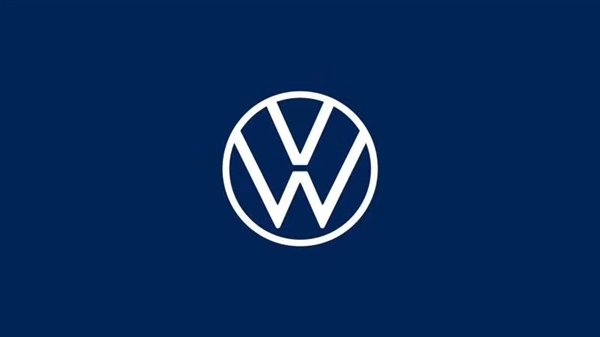 合肥与大众小鹏共同投产电动车,2026年再迎新车
合肥与大众小鹏共同投产电动车,2026年再迎新车
- 上一篇
- 合肥与大众小鹏共同投产电动车,2026年再迎新车

- 下一篇
- 如何在Mac上查看隐藏文件?
查看更多
最新文章
-
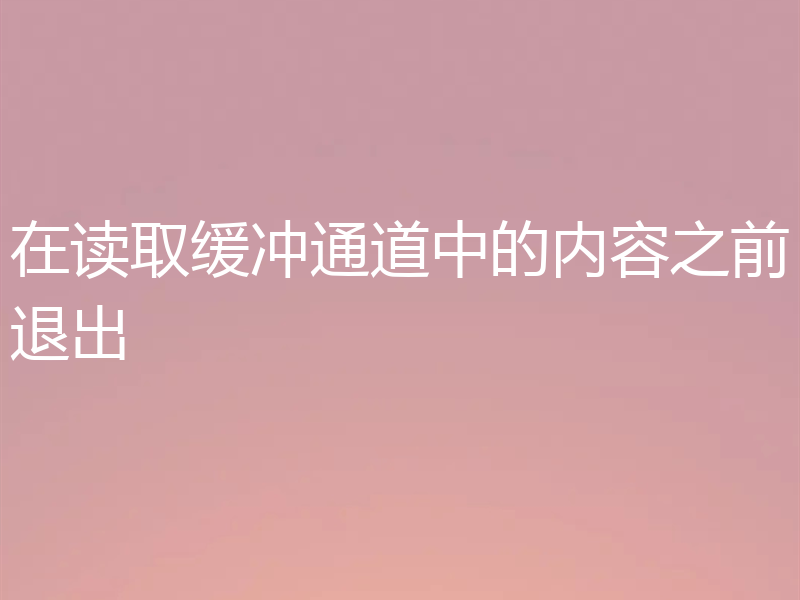
- Golang · Go问答 | 1年前 |
- 在读取缓冲通道中的内容之前退出
- 139浏览 收藏
-
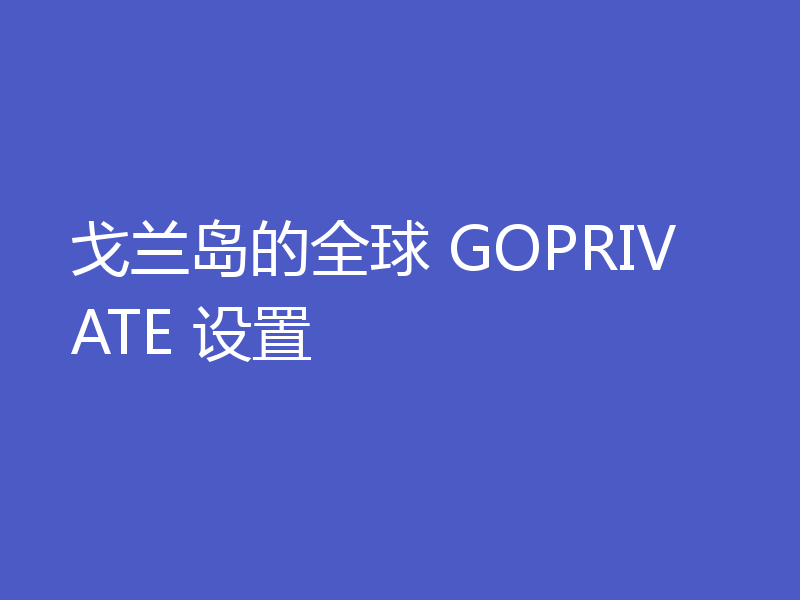
- Golang · Go问答 | 1年前 |
- 戈兰岛的全球 GOPRIVATE 设置
- 204浏览 收藏
-
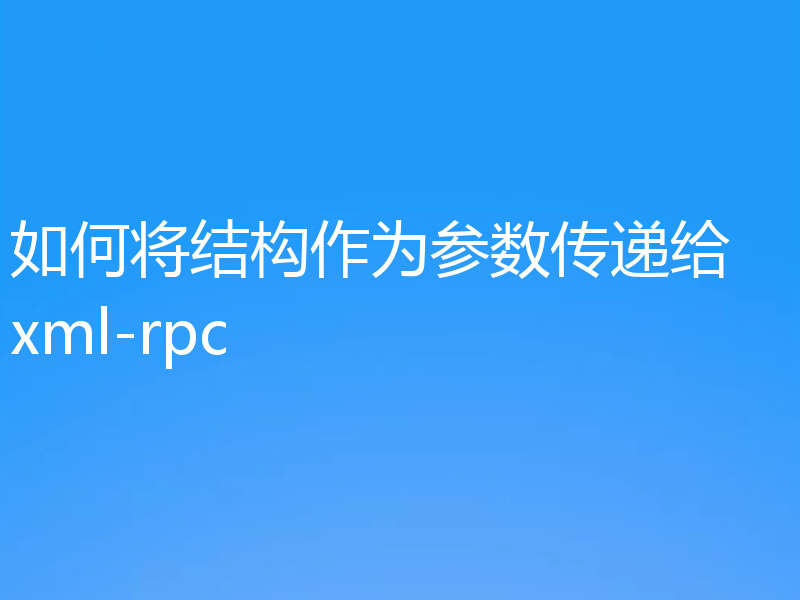
- Golang · Go问答 | 1年前 |
- 如何将结构作为参数传递给 xml-rpc
- 325浏览 收藏
-
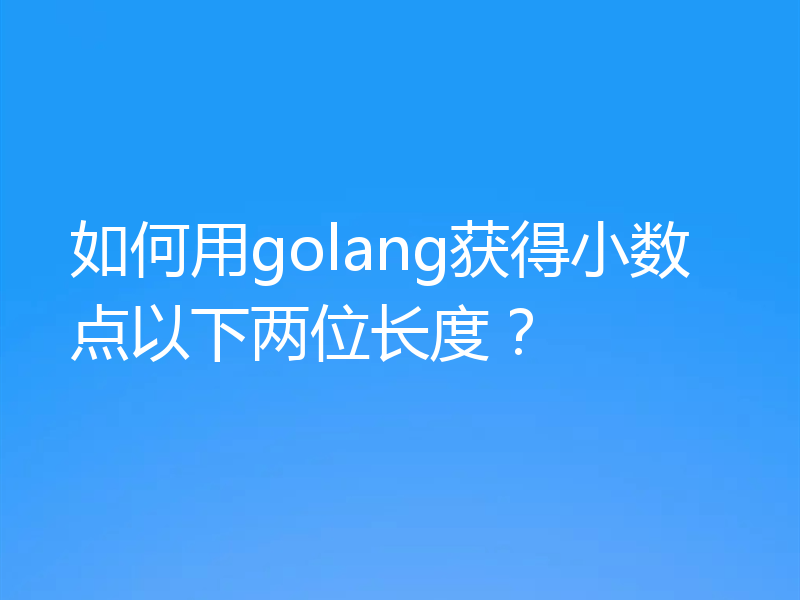
- Golang · Go问答 | 1年前 |
- 如何用golang获得小数点以下两位长度?
- 478浏览 收藏
-
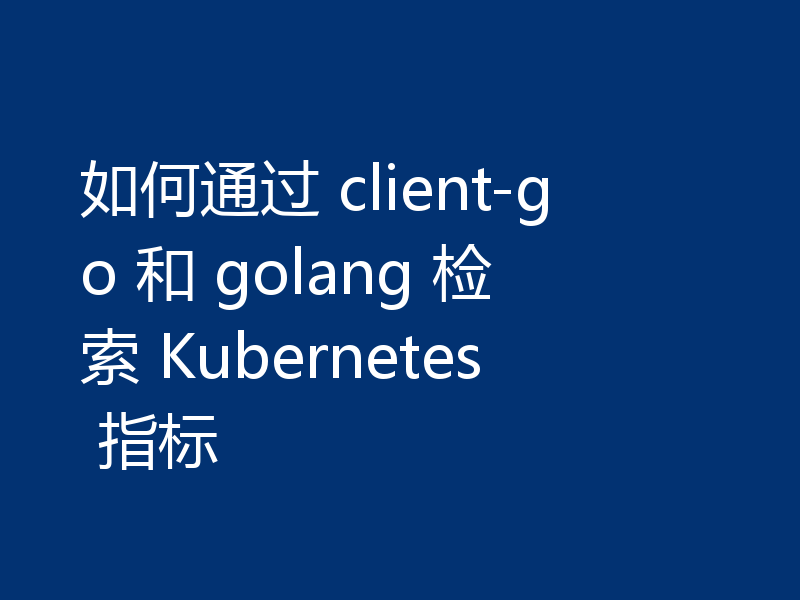
- Golang · Go问答 | 1年前 |
- 如何通过 client-go 和 golang 检索 Kubernetes 指标
- 486浏览 收藏
-
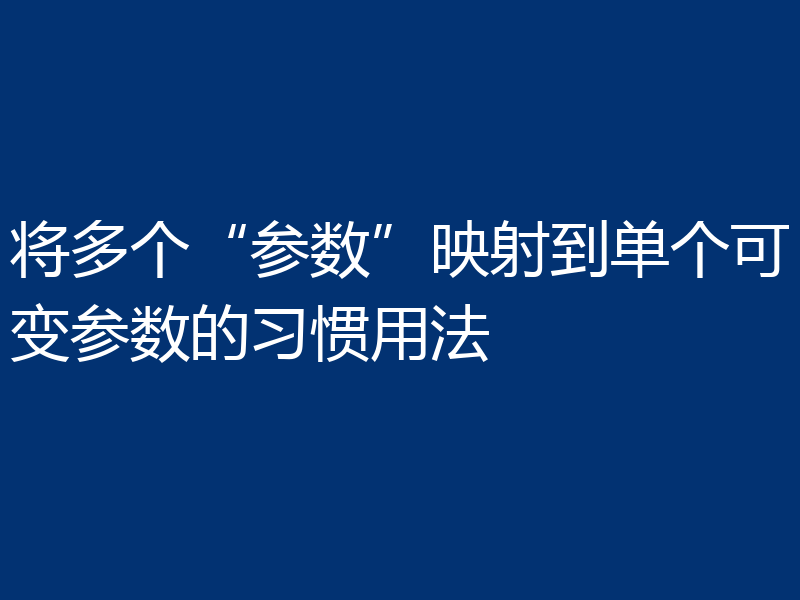
- Golang · Go问答 | 1年前 |
- 将多个“参数”映射到单个可变参数的习惯用法
- 439浏览 收藏
-
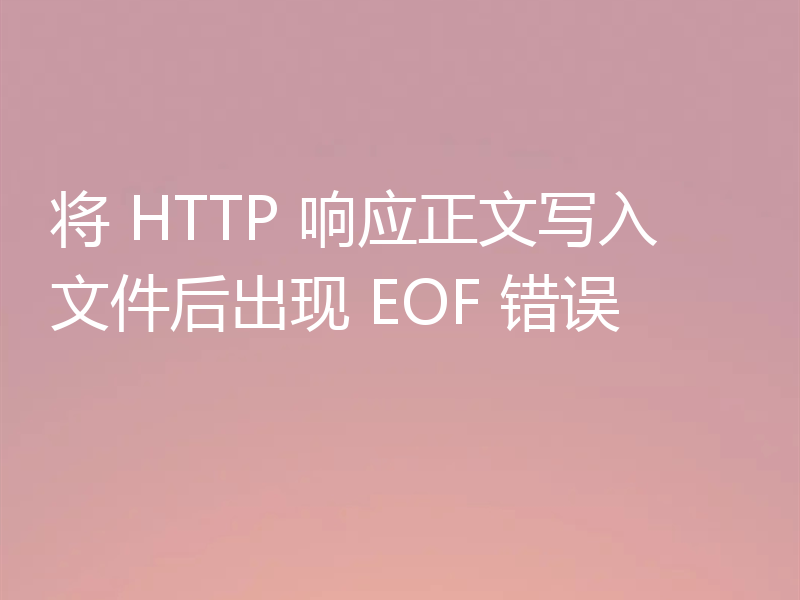
- Golang · Go问答 | 1年前 |
- 将 HTTP 响应正文写入文件后出现 EOF 错误
- 357浏览 收藏
-
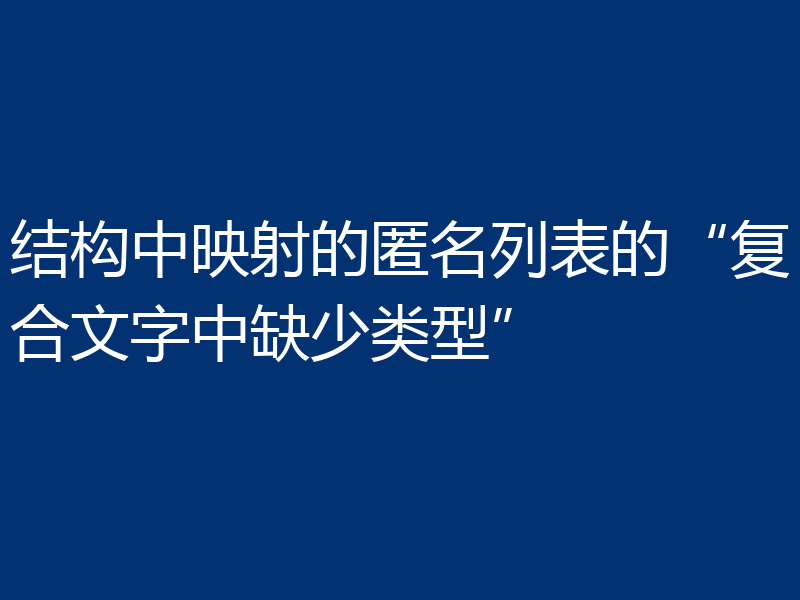
- Golang · Go问答 | 1年前 |
- 结构中映射的匿名列表的“复合文字中缺少类型”
- 352浏览 收藏
-
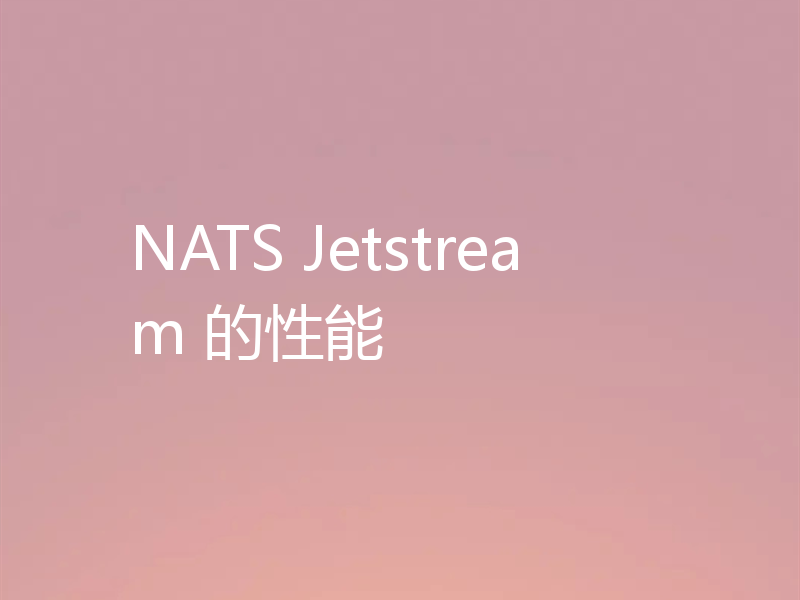
- Golang · Go问答 | 1年前 |
- NATS Jetstream 的性能
- 101浏览 收藏
-
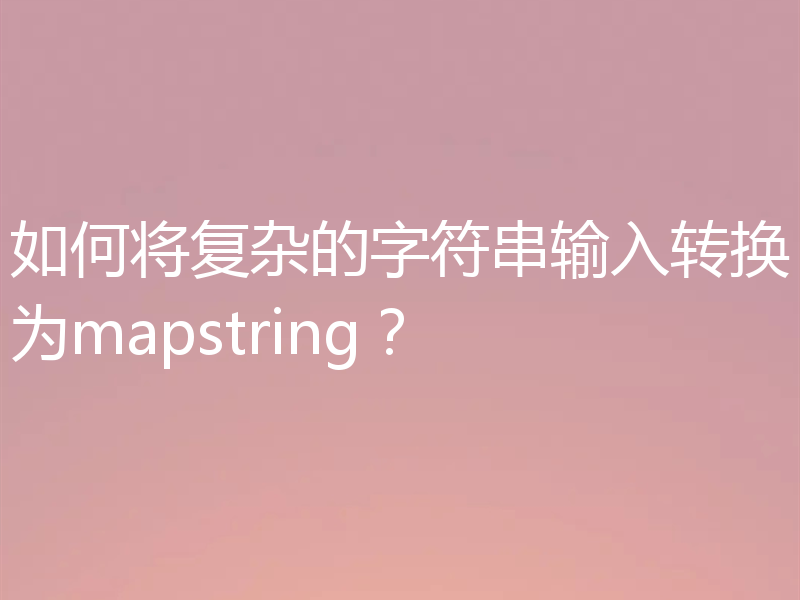
- Golang · Go问答 | 1年前 |
- 如何将复杂的字符串输入转换为mapstring?
- 440浏览 收藏
-
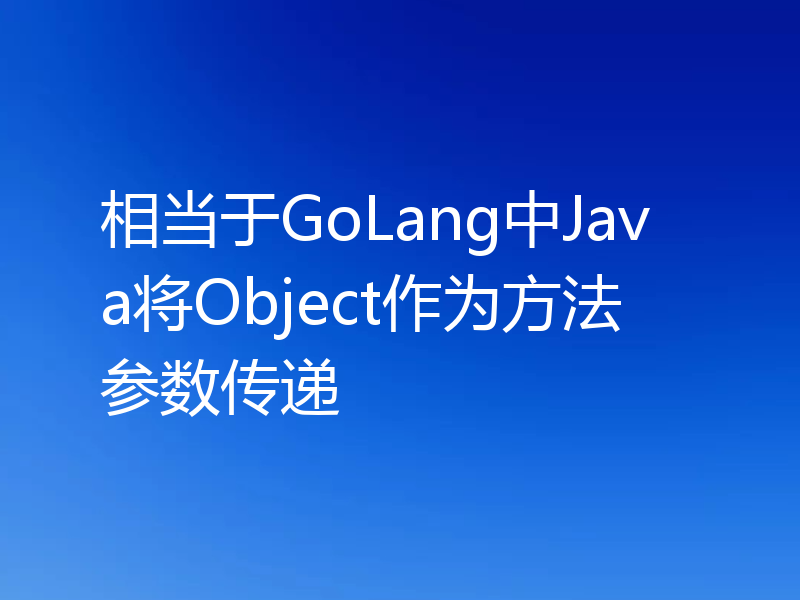
- Golang · Go问答 | 1年前 |
- 相当于GoLang中Java将Object作为方法参数传递
- 212浏览 收藏
-

- Golang · Go问答 | 1年前 |
- 如何确保所有 goroutine 在没有 time.Sleep 的情况下终止?
- 143浏览 收藏
查看更多
课程推荐
-

- 前端进阶之JavaScript设计模式
- 设计模式是开发人员在软件开发过程中面临一般问题时的解决方案,代表了最佳的实践。本课程的主打内容包括JS常见设计模式以及具体应用场景,打造一站式知识长龙服务,适合有JS基础的同学学习。
- 543次学习
-

- GO语言核心编程课程
- 本课程采用真实案例,全面具体可落地,从理论到实践,一步一步将GO核心编程技术、编程思想、底层实现融会贯通,使学习者贴近时代脉搏,做IT互联网时代的弄潮儿。
- 516次学习
-

- 简单聊聊mysql8与网络通信
- 如有问题加微信:Le-studyg;在课程中,我们将首先介绍MySQL8的新特性,包括性能优化、安全增强、新数据类型等,帮助学生快速熟悉MySQL8的最新功能。接着,我们将深入解析MySQL的网络通信机制,包括协议、连接管理、数据传输等,让
- 500次学习
-

- JavaScript正则表达式基础与实战
- 在任何一门编程语言中,正则表达式,都是一项重要的知识,它提供了高效的字符串匹配与捕获机制,可以极大的简化程序设计。
- 487次学习
-

- 从零制作响应式网站—Grid布局
- 本系列教程将展示从零制作一个假想的网络科技公司官网,分为导航,轮播,关于我们,成功案例,服务流程,团队介绍,数据部分,公司动态,底部信息等内容区块。网站整体采用CSSGrid布局,支持响应式,有流畅过渡和展现动画。
- 485次学习
查看更多
AI推荐
-
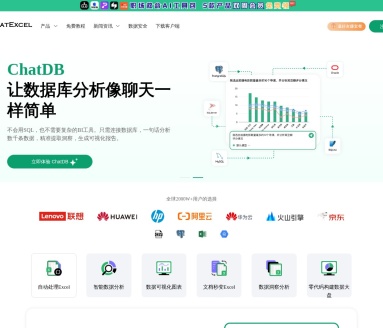
- ChatExcel酷表
- ChatExcel酷表是由北京大学团队打造的Excel聊天机器人,用自然语言操控表格,简化数据处理,告别繁琐操作,提升工作效率!适用于学生、上班族及政府人员。
- 3186次使用
-
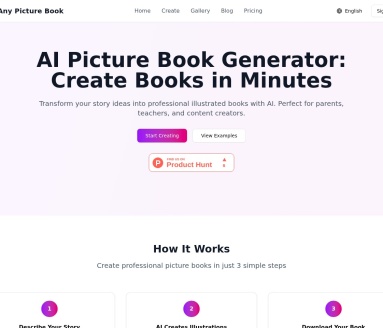
- Any绘本
- 探索Any绘本(anypicturebook.com/zh),一款开源免费的AI绘本创作工具,基于Google Gemini与Flux AI模型,让您轻松创作个性化绘本。适用于家庭、教育、创作等多种场景,零门槛,高自由度,技术透明,本地可控。
- 3398次使用
-

- 可赞AI
- 可赞AI,AI驱动的办公可视化智能工具,助您轻松实现文本与可视化元素高效转化。无论是智能文档生成、多格式文本解析,还是一键生成专业图表、脑图、知识卡片,可赞AI都能让信息处理更清晰高效。覆盖数据汇报、会议纪要、内容营销等全场景,大幅提升办公效率,降低专业门槛,是您提升工作效率的得力助手。
- 3429次使用
-
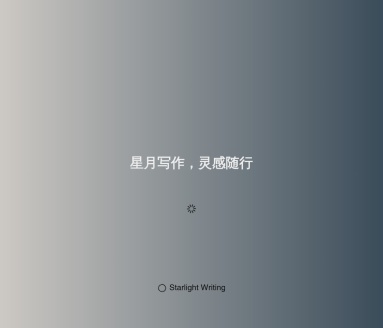
- 星月写作
- 星月写作是国内首款聚焦中文网络小说创作的AI辅助工具,解决网文作者从构思到变现的全流程痛点。AI扫榜、专属模板、全链路适配,助力新人快速上手,资深作者效率倍增。
- 4535次使用
-
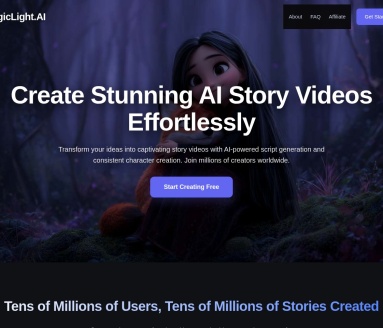
- MagicLight
- MagicLight.ai是全球首款叙事驱动型AI动画视频创作平台,专注于解决从故事想法到完整动画的全流程痛点。它通过自研AI模型,保障角色、风格、场景高度一致性,让零动画经验者也能高效产出专业级叙事内容。广泛适用于独立创作者、动画工作室、教育机构及企业营销,助您轻松实现创意落地与商业化。
- 3807次使用
查看更多
相关文章
-
- GoLand调式动态执行代码
- 2023-01-13 502浏览
-
- 用Nginx反向代理部署go写的网站。
- 2023-01-17 502浏览
-
- Golang取得代码运行时间的问题
- 2023-02-24 501浏览
-
- 请问 go 代码如何实现在代码改动后不需要Ctrl+c,然后重新 go run *.go 文件?
- 2023-01-08 501浏览
-
- 如何从同一个 io.Reader 读取多次
- 2023-04-11 501浏览

